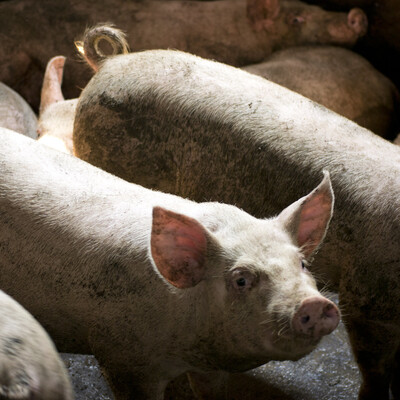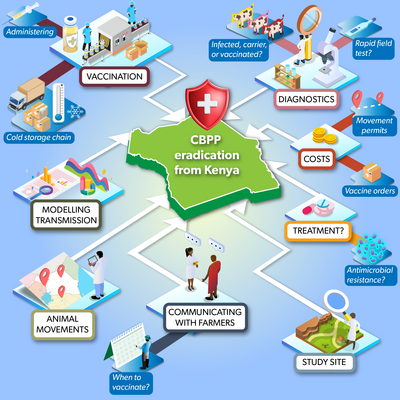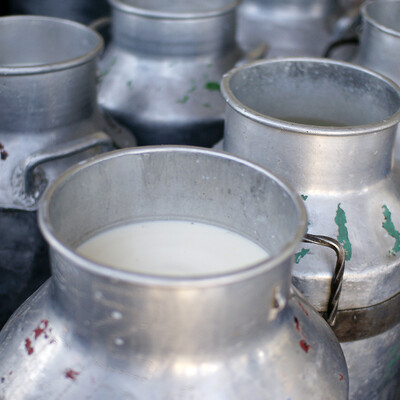
ILRI scientist calls for better irrigation techniques to reduce risk of vector-borne diseases
The hidden dangers of irrigation in Kenya
By Imogen Mathers
If you are unable to listen to this audio, please update your browser or go here to download.
For farmers in Kenya, creative ways to irrigate crops can be the difference between a harvest failing or thriving. In this drought-prone country, access to reliable water sources is a daily challenge.
Few would argue with the need for better irrigation. Yet certain techniques introduced by the government to spur food production have dangerous side effects, warns Bernard Bett, a veterinary epidemiologist at the International Livestock Research Institute (ILRI) in Kenya.
The pools and canals that underpin flood irrigation create ideal conditions for mosquitoes to thrive, and are a draw for wildlife to gather and drink. This confluence of elements forms a perfect petri dish for zoonotic diseases such as malaria and dengue to circulate between wildlife, livestock, humans and insects.
Instead, Bett suggests exploring alternative techniques such as drip irrigation, a small change that can play a big part in keeping people safe from vector-borne diseases.
The interview was recorded on 18 March 2016 at One Health for the Real World, a symposium in the United Kingdom organised by the Dynamic Drivers of Disease in Africa consortium and the Zoological Society of London.
This article was originally published on SciDev.Net. Read the original article.














